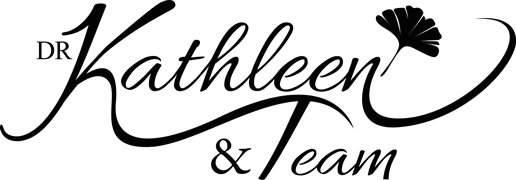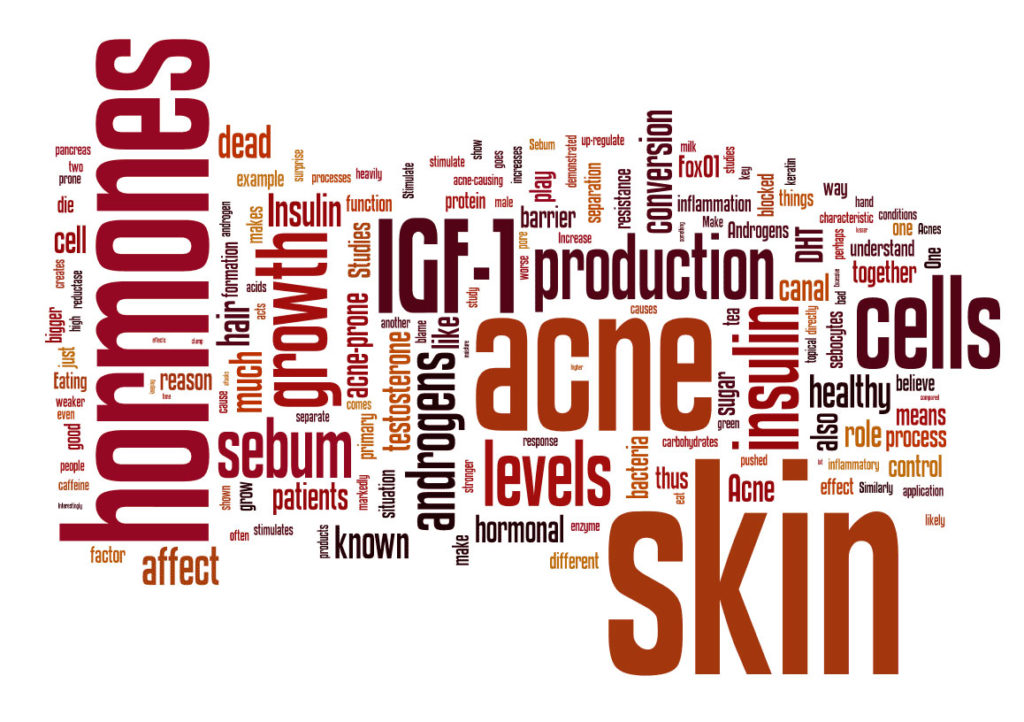Last month we looked at some of the benefits of fibre beyond just keeping us ‘regular’, so this month let’s have a look at different types of fibre, good sources of fibre and recommended daily intakes.
Fibre is only found in plant foods. There are two types of fibre: soluble and insoluble fibre and they have slightly different functions.
Insoluble fibre is the fibre we most commonly think of when we hear the word ‘fibre’. It’s indigestible and helps prevent constipation by acting as a ‘bulking agent’.
Soluble fibre absorbs water like a sponge and causes a softer stool that is easier to pass, it also prevents the absorption of cholesterol and slows down the release of sugar into the bloodstream.
How much do we need? Generally, 25 grams per day for women and 30 grams per day for men. However, fibre requirements change as we age, during pregnancy and breastfeeding or if we have a health condition. In such cases, it’s a good idea to check requirements with a nutritionist.
Fruits and vegetables, preferably with the skin on, are our best sources of fibre, but oats, whole grains, legumes, nuts and seeds are excellent sources too. A good idea is to make sure half your plate is filled with vegetables and you will be well on your way to achieving the required amount of fibre for good health.
It is not advisable to put young children on very high fibre diets as it will make them too full and prevent them from eating enough food to meet all their vitamin and mineral requirements. Children’s dietary fibre requirements vary according to their age.
It’s important to increase the fibre content of our diets slowly and always with a simultaneous increase in water consumption, otherwise, we may end up constipated, as fibre absorbs water which results in a harder, more difficult to pass stool. Suddenly increasing our fibre intake can also cause bloating, gas and discomfort. Fibre is definitely our friend and it is worth making sure we include a good amount into our diets every day.
If you would like help with creating new routines and learning how to prioritise your health, e-mail me at paula@drkathleen.co.nz for an appointment or ring the office: (09) 973-0070.

Registered Nutritionist (NZ) & Health Coach
(BSc Nutrition and Sports Science)
Member of the Nutrition Society of New Zealand
References
1. Prebiotics, probiotics and your health. https://www.mayoclinic.org/prebiotics-probiotics-and-your-health/art-20390058
2. The 19 Best Prebiotic Foods You Should Eat https://www.healthline.com/nutrition/19-best-prebiotic-foods
3. Dietary fibre series – insoluble fibre https://www.monashfodmap.com/blog/dietary-fibre-series-insoluble-fibre/
4. What’s the Difference Between Soluble and Insoluble Fiber? https://www.healthline.com/health/soluble-vs-insoluble-fiber
5. Phytochemicals’ Role in Good Health By Densie Webb, PhD, RD Today’s Dietitian Vol. 15 No. 9 P. 70, September 2013 Issue http://www.todaysdietitian.com/newarchives/090313p70.shtml



